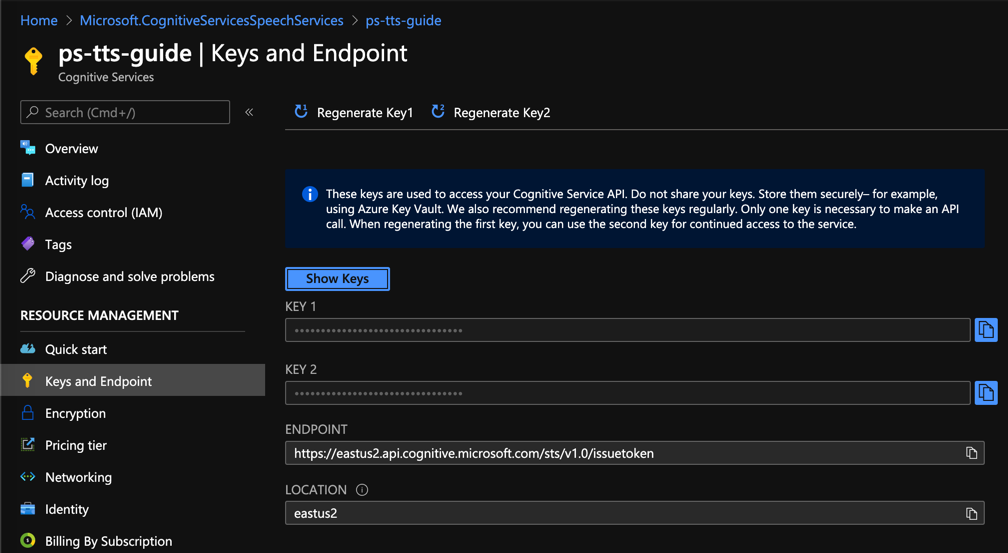
More information on how we count characters for the Translator Text API can be found in our character count documentation.įor speech translation using Microsoft Speech services, see the Speech services pricing page. To estimate your monthly volume, take the total characters to translate, multiply it by the number of languages you want to have it translated into, then take the number and spread it over the maximum number of hours or days you are able to wait for completion.Īs an order of magnitude, this FAQ contains about 6,000 characters a 30-page document has around 17,000 characters the seven Harry Potter books comprise about 60 million characters. A space, tab, markup, and any kind of white space character.A repeated translation, even if you have translated the same text previously.Text you pass into the Translate, TranslateArray, TranslateArray2, GetTranslations, GetTranslationsArray, Dictionary Lookup, Dictionary Examples, Transliterate, and TransformText method.The number of queries, words, bytes, or sentences is irrelevant. Each translation of a text to a new language counts as a separate translation.
AZURE SPEECH TO TEXT PRICING CODE
Every Unicode code point counts as a character.

To verify support, see Language and voice support for the Speech service.

For more information, see Custom Speech.Ĭustomization options vary by language or locale.

You can create and train custom acoustic, language, and pronunciation models. In these cases, building a custom speech model makes sense by training with additional data associated with that specific domain. The base model may not be sufficient if the audio contains ambient noise or includes a lot of industry and domain-specific jargon. The base model works well in most scenarios. This base model is pre-trained with dialects and phonetics representing a variety of common domains.

Out of the box, speech to text utilizes a Universal Language Model as a base model that is trained with Microsoft-owned data and reflects commonly used spoken language. The Azure speech-to-text service analyzes audio in real-time or batch to transcribe the spoken word into text.
AZURE SPEECH TO TEXT PRICING HOW TO
For more information on how to use the batch transcription API, see How to use batch transcription. You can point to audio files with a shared access signature (SAS) URI and asynchronously receive transcription results. These samples cover common scenarios like reading audio from a file or stream for continuous and single-shot recognition, and working with custom models:īatch transcription is a set of REST API operations that enable you to transcribe a large amount of audio in storage. Sample code for the Speech SDK is available on GitHub. Speech-to-text is available via the Speech SDK, the REST API, and the Speech CLI. To get started with speech-to-text, see the quickstart. Microsoft uses the same recognition technology for Cortana and Office products.


 0 kommentar(er)
0 kommentar(er)
